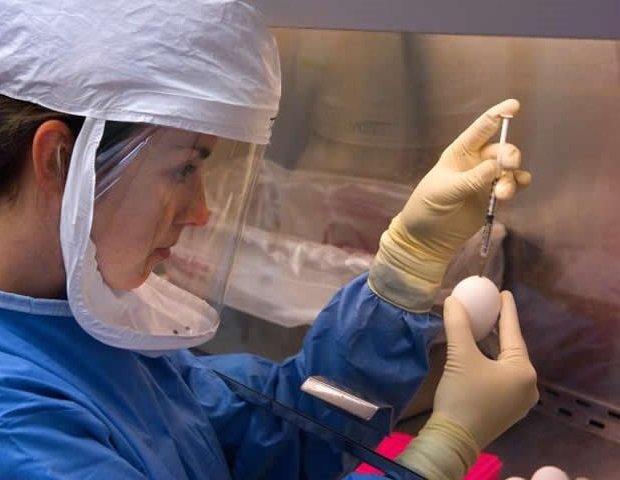With the emergence of viral diseases expected to accelerate, preparing for possible future pandemics is paramount. In addition to saving lives during epidemics, strong pandemic preparedness protects economies, maintains social functioning, and strengthens the resilience of global systems. The new EU project COMBINE (“Comparative Signature of Marburg Virus Cell Activation as a Blueprint for Identifying Antiviral Targets Against Emerging Viruses”) recognizes that understanding how viruses enter host cells is crucial to combat of emerging infectious diseases. The project aims to advance our understanding of how viruses enter cells, using Marburg virus (MARV) as a model, and create a plan to identify new targets for antiviral strategies – a critical cornerstone of preparedness for pandemics. Coordinated by the German Helmholtz Center for Infection Research (HZI), COMBINE brings together seven partners from five European countries and will receive a total of €7.2 million in funding over the next five years through the European Union’s Research Framework Program and Horizon Europe » Innovation.
The COMBINE approach: Identification, characterization & inhibition of the virus-cell binding step
Any viral infection begins with the attachment of the virus to host cells and the subsequent activation of cellular receptors, making it necessary to identify the factors and mechanisms involved. Therefore, COMBINE focuses on the critical step of virus-cell binding, aiming to identify key players and potential therapeutic targets involved early in viral infections. “We will apply a combination of pioneering approaches designed to identify the signature of virus cell activation, characterize the mechanisms of virus attachment and entry, and develop novel inhibitors and vaccine candidates. Using Marburg virus as a highly pathological BSL-4 model virus, this new approach provides a comprehensive view of the virus entry process, differentiating initial attachment and subsequent cellular activation and internalization,” explains project coordinator Professor Christian Sieben, head of the Nanoscale Infection Biology group at HZI.
Marburg virus, like Ebola virus, a member of the filovirus family, is a highly infectious and lethal pathogen with significant epidemic potential. The virus occurs in fruit bats, is widely distributed throughout Africa, and can also be transmitted between humans. In addition, the virus’s incubation period, which ranges from 2 to 21 days, allows for potential silent transmission by people who do not yet have symptoms, further complicating efforts to control the outbreak. Recent recurrent outbreaks of Marburg virus, including in previously unaffected countries, combined with the lack of an approved vaccine or specific antiviral therapy and the high lethality of the virus, highlight the continuing threat posed by the virus as well as the significant clinical and societal interest in development of appropriate antivirals.
Using the COMBINE approach, the team aims to establish the fundamental preclinical basis for the continued development of specific anti-MARV drugs and optimized MARV vaccines. “With COMBINE, we aim to make a lasting impact by reducing the premature mortality and healthcare burden of Marburg virus through innovative treatments and optimized vaccines. However, our work will not only empower the global virology community with new tools and knowledge, but and increase pandemic preparedness by addressing the health threats posed by Marburg virus and other emerging viral diseases.” stresses Sieben.
A blueprint for identifying antiviral targets against emerging viruses
In addition to revealing critical insights into MARV cell entry, the project will break new ground and develop an innovative experimental pipeline to identify and target proteins involved in the viral attachment process, a critical factor in combating viral outbreaks . COMBINE seeks to create a flexible, adaptable design that facilitates collaborations between countries to develop new drugs and vaccines against emerging viruses. Research conducted under the project will therefore not only expand knowledge of Marburg virus cell entry and therapeutic options, but also create a pipeline of technology that can be rapidly applied to other emerging viruses, enhancing the global health security and preparedness for future pandemics.
Key elements of the project
Project partners
Belgium
- Vlaams Instituut voor Biotechnologie (VIB)
Germany
- European Research and Project Office GmbH (EURICE)
- Helmholtz Center for Infection Research (HZI)
- University of Marburg (UMR)
Norway
Romania
- Institute of Biochemistry of the Romanian Academy (IBRA)
Sweden
- Karolinska Institute (KI)
